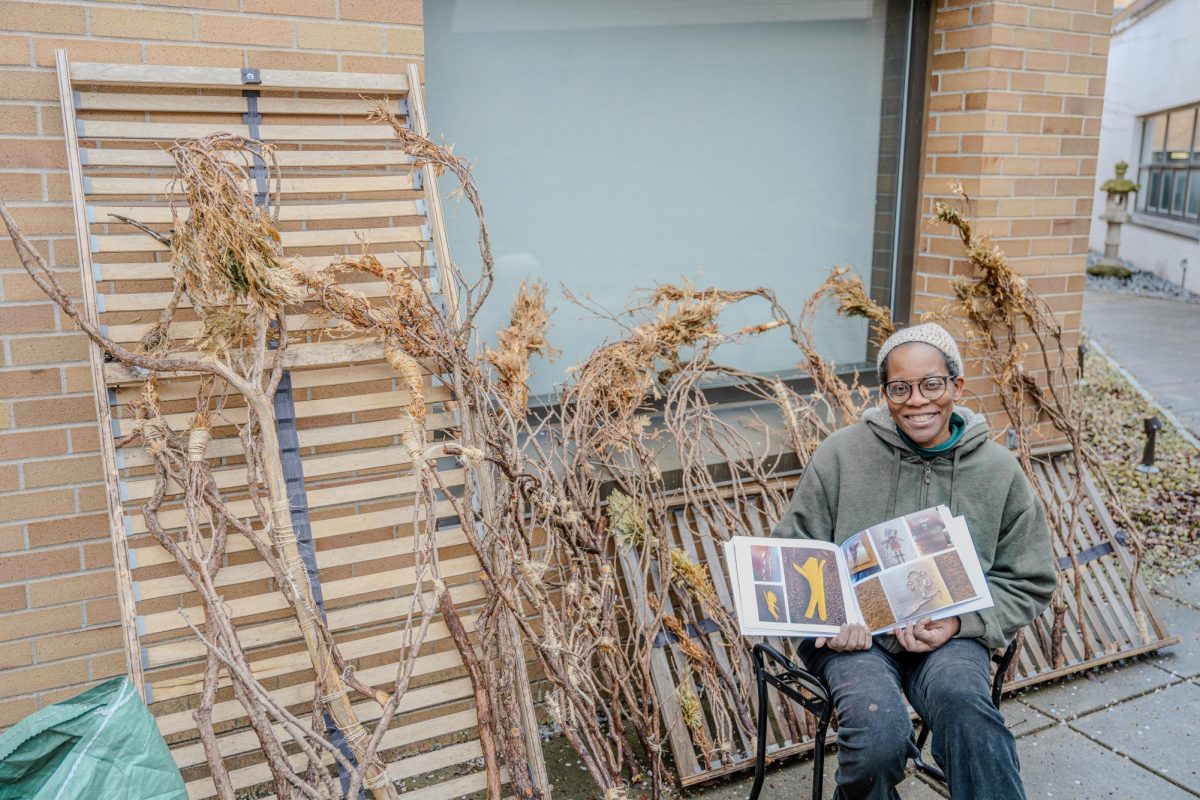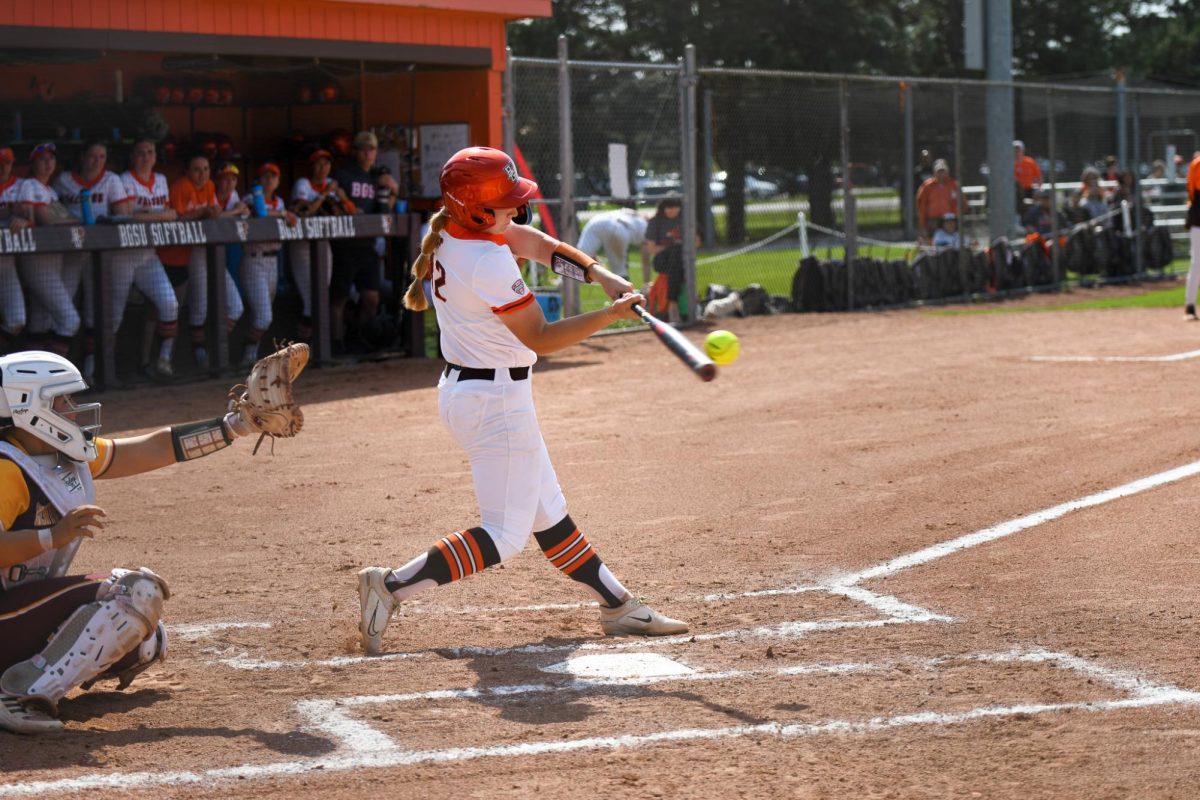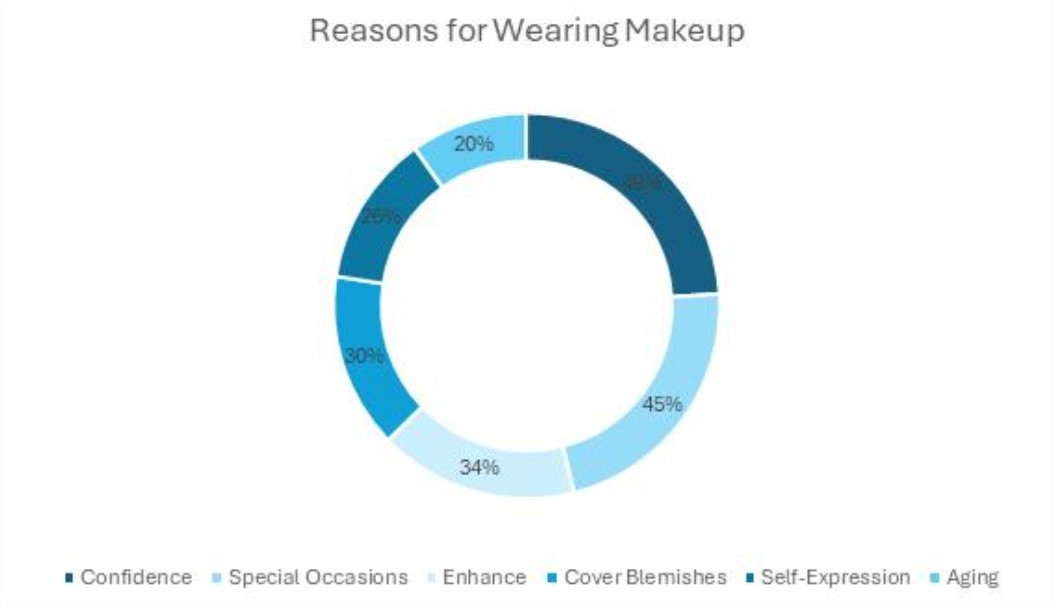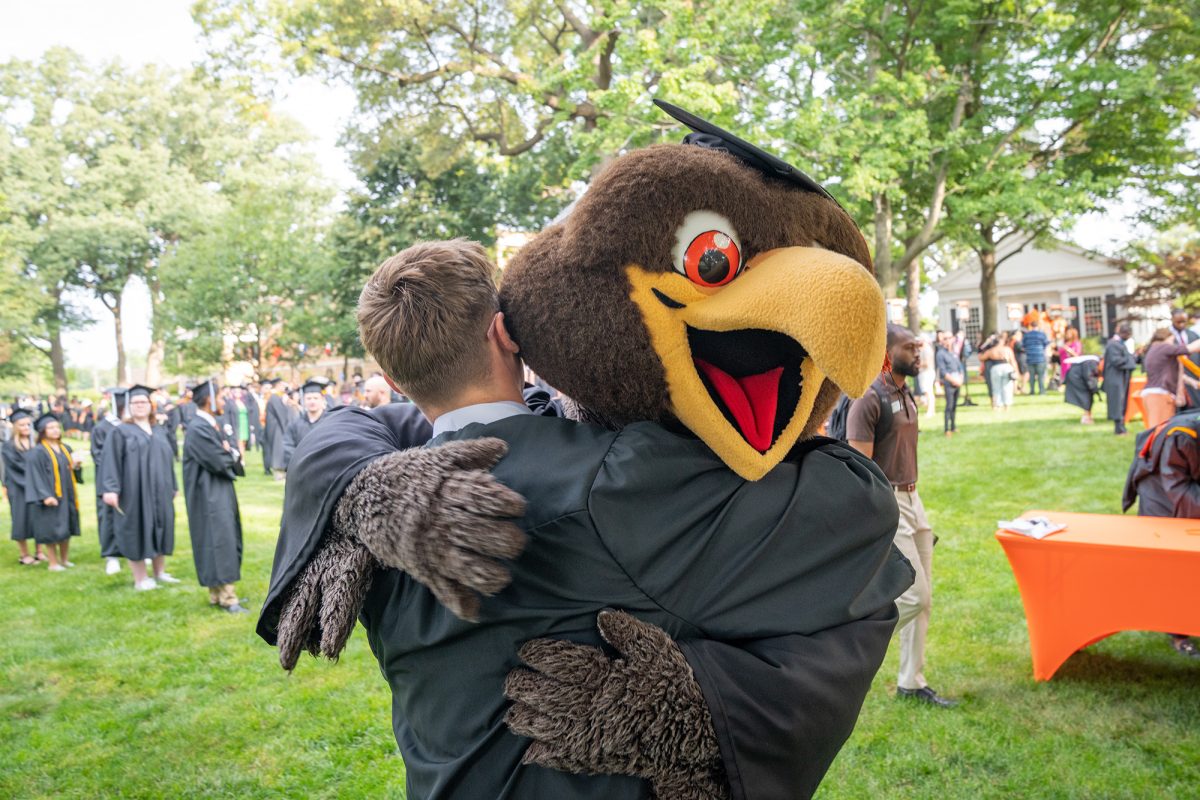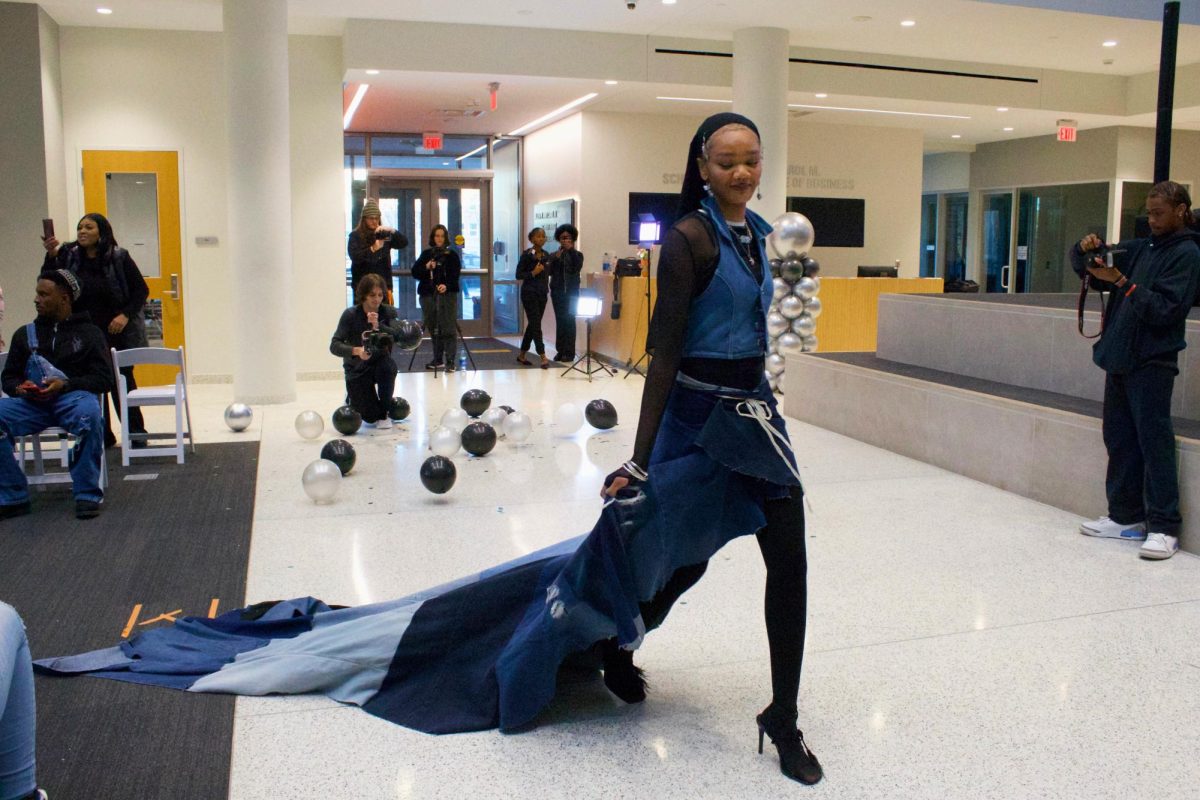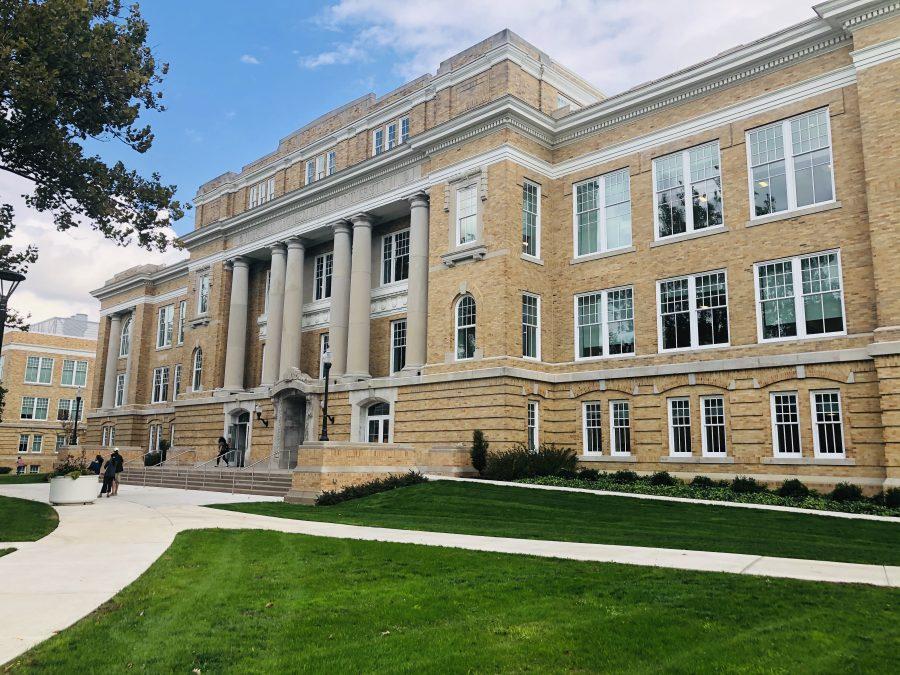In a society obsessed with physical appearance, it’s no wonder that green grass free of weeds is commonplace in American society.
Places like northwest Ohio enjoy naturally occurring grass, but droughts and weeds mixed into the equation can turn grass brown, not uniform and not as aesthetically pleasing.
This has led to many people using sprinkler systems to water their lawns, and herbicides to get rid of weeds in the grass.
Gary Silverman, director of environmental health for BGSU, said that watering lawns to make them green is only for aesthetic purposes, being that brown grass is not dead grass.
“Aesthetics are important, especially with grass in common places where people want to sit or throw the Frisbee,” Silverman said.
And water usage is not a huge problem in northwest Ohio because of the abundance of water we have around us, including our high groundwater table.
But that does not mean watering the grass does not use up other natural resources, like energy that is used to purify the water at water treatment plants.
The water running through the estimated 24 irrigation systems at the University is all city water, except for irrigation systems at the Field House and the band fields, which are run from sulfur wells.
And while some may find the water usage wasteful, Silverman suggests that another part of lawn care is much more detrimental to our environment – herbicides and pesticides.
At the University, the grounds crew uses the herbicide Trimec to keep away dandelions in our lawn, and a pre-emergent that is sprayed on in the fall to stop weeds before they surface.
The caution on Trimec says to keep the product out of reach of children, and that it should not be sprayed directly into water. Run-off from the herbicide can trickle into groundwater, causing slight contamination.
At www.pennmulch.com, the precautionary hazards located on Trimec’s label can be seen.
These warnings include keeping Trimec out of reach of children, avoiding contact with eyes, digestive system and skin while applying the spray onto the lawn and to avoid directly applying Trimec into water or areas which are below the mean high water mark.
Sue Walmess, supervisor for University Grounds, says that the chemicals being used on campus are the least dangerous on the market as possible because of the amount of people who live and work here.
The University only sprays once in the spring or once in the fall, and sticks to other methods for lawn care.
Aeration, where tiny soil plugs or cores are taken out of the ground to allow for thicker grass, and mowing the grass to 2 1/2 to 3 inches are the most effective at keeping the lawns looking uniform.
At home, many people call professionals to rid their lawns of insects and weeds.
Jordan Snyder, a lawn care specialist and University senior, said that some herbicides are safe, but for the most part 24 hours after spraying a lawn people and animals should stay off of it.
“If you’re worried about insects around your home, then spray the pesticide close to the home, not on the whole lawn,” Snyder said.









